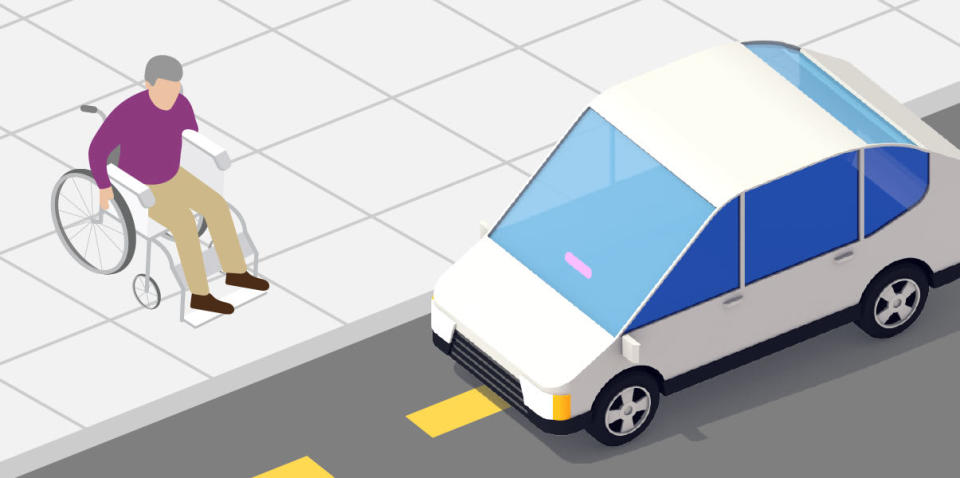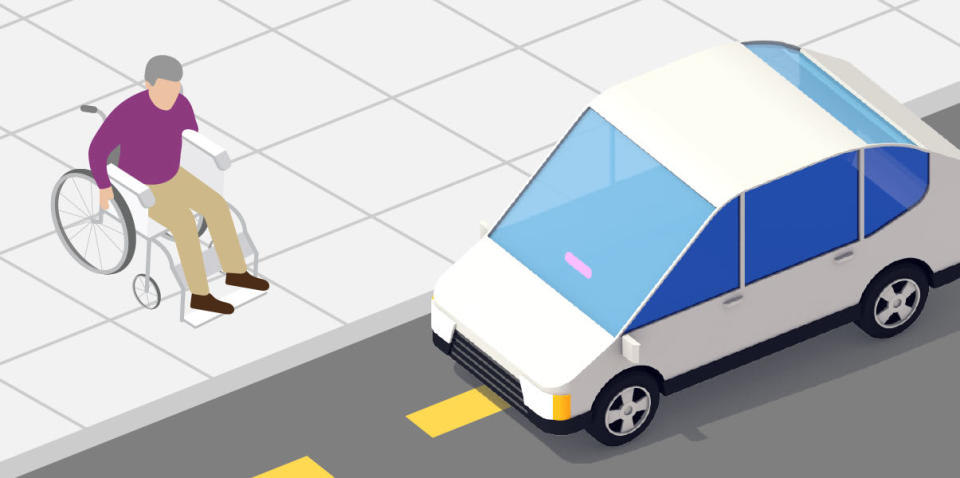Lyft expands wheelchair accessible rides in LA and SF
The company is running a pilot test with dedicated Toyota Sienna vans.
Lyft is testing a special line of cars just for riders who use wheelchairs. The ridesharing company announced today that it was piloting a new WAV (wheelchair accessible vehicle) service in Los Angeles and San Francisco Counties. All drivers will be certified by First Transit and operate 2019 Toyota Sienna vans, which include a folding ramp for side entry.
Lyft says pricing for its WAV service will be the same as standard rides. In addition to the tests in LA and SF, Lyft has existing WAV partnerships in Boston and Toronto.
"At Lyft we think of accessibility broadly and are thrilled to take this next step in expanding mobility options in San Francisco and Los Angeles counties," said Anthony Foxx, chief policy officer at Lyft in a statement. "We remain dedicated to working with First Transit and our community partners to build upon our current products and policies and to provide affordable and convenient transportation for all."
Lyft riders can request one of these vehicles using Access Mode. After downloading the app, riders can enable Access Mode by tapping the Menu icon and then Settings. You can then slide the toggle to the right to enable wheelchair access.
Currently, both Lyft and Uber are facing class action lawsuits by the Disability Rights Advocates that allege that the companies deny equal access to people who use wheelchairs. Both companies have allowed riders in certain cities to specifically request wheelchair accessible cars since 2015. But service has been inconsistent, and riders can face higher than average wait times and higher fares. A 2018 study conducted by the New York Lawyers for Public Interest found that 70 percent of the time, Uber and Lyft failed to provide wheelchair accessible vehicles in New York City.
With a dedicated line of WAVs, it's clear that Lyft is trying to improve service for wheelchair users. Specially trained drivers and wheelchair accessible vans are certainly an improvement over drivers who may be unfamiliar with or even refuse to accommodate riders with wheelchairs. Depending on this pilot's success, Lyft will hopefully look at expanding its accessibility options in other cities.
With a dedicated line of WAVs, it's clear that Lyft is trying to improve service for wheelchair users. Specially trained drivers and wheelchair accessible vans are certainly an improvement over drivers who may be unfamiliar with or even refuse to accommodate riders with wheelchairs. Depending on this pilot's success, Lyft will hopefully look at expanding its accessibility options in other cities.



